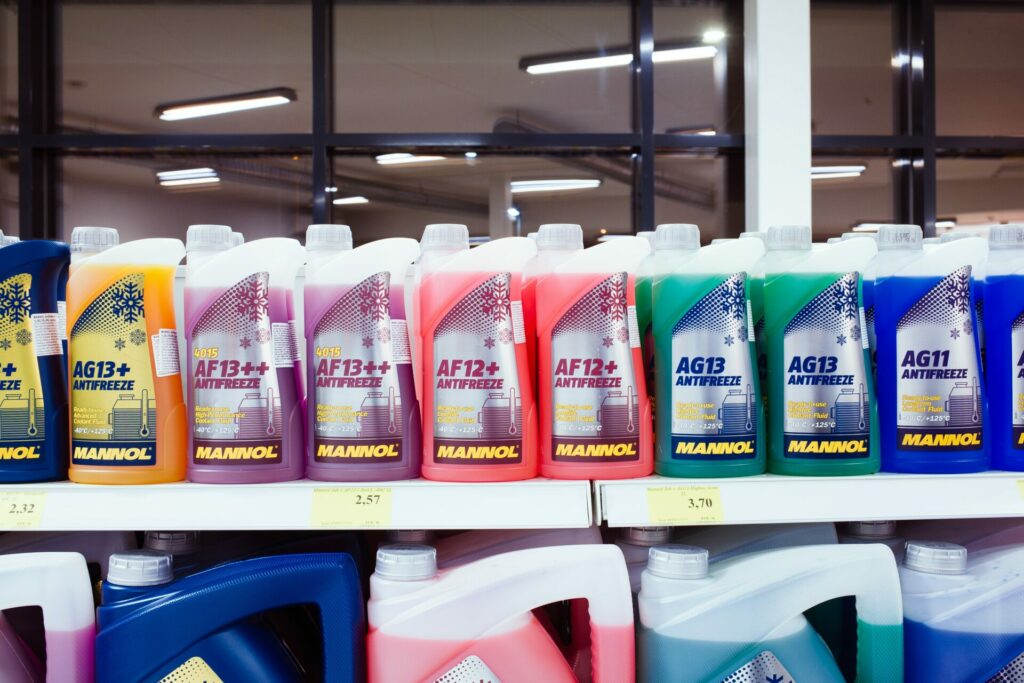Ethylene oxide: A new wave of litigation
Summary
 Ethylene oxide (EtO) is a naturally-occurring, gaseous chemical that is synthesized primarily for use in the production of ethylene glycol for anti-freeze and polyester (Agency for Toxic Substances and Disease Registry (ATSDR) 1999). Additionally, a small amount of EtO (approximately 0.05% of the annual production) is used as a sterilant, fumigant, and insecticide (International Agency for Research on Cancer (IARC) 2012). EtO is notably used in hospitals to sterilize medical equipment and supplies that may be heat sensitive (International Agency for Research on Cancer (IARC) 2012).
Ethylene oxide (EtO) is a naturally-occurring, gaseous chemical that is synthesized primarily for use in the production of ethylene glycol for anti-freeze and polyester (Agency for Toxic Substances and Disease Registry (ATSDR) 1999). Additionally, a small amount of EtO (approximately 0.05% of the annual production) is used as a sterilant, fumigant, and insecticide (International Agency for Research on Cancer (IARC) 2012). EtO is notably used in hospitals to sterilize medical equipment and supplies that may be heat sensitive (International Agency for Research on Cancer (IARC) 2012).
This application has drawn recent attention, as some make claims that exposures to EtO in hospital environments or in their local community may have caused adverse health effects. At sufficient doses, EtO can cause irritation to the eyes, skin, nose, throat, and lungs and damage to the brain and nerves(Agency for Toxic Substances and Disease Registry (ATSDR) 1999). It has been classified as a Group 1 carcinogen by the International Agency for Research on Cancer (IARC), based on limited evidence of cancers in humans and sufficient evidence from animal studies (International Agency for Research on Cancer (IARC) 2012). The EPA also classified the compound as a human carcinogen following review of epidemiological, animal, and mechanistic studies and noting the chromosomal damage observed in vivo and in vitro and in EtO-exposed humans (U.S. Environmental Protection Agency (EPA) 2016). A recent systematic review of EtO as a human carcinogen did not find an association between EtO exposure and stomach cancer, breast cancer, nor lymphohematopoietic malignancies in humans following inhalation of EtO at relevant doses and indicated that “… [ethylene oxide] would not be expected to be associated with cancer at human-relevant exposure levels today …” (Lynch et al. 2022).
Since IARC classified EtO as a Group 1 carcinogen and the EPA suggested that there are potential health risks associated with EtO emissions from hospitals or sterilization facilities, it has attracted considerable concern among certain communities. Personal injury litigation associated with ethylene oxide first gained traction in the 1990’s and early 2000’s. Recently, claims have surged due to concerns about been made regarding hospitals releasing EtO from roof stacks without proper removal, causing gases to allegedly travel to nearby neighborhoods, and leading to an increase in the risk of cancer or reproductive problems among inhabitants.
For example, recent litigation has alleged that medical sterilizer manufacturer Sterigenics, in Illinois, was responsible for the release of EtO emissions leading to the development of breast cancer in one plaintiff and acute T-cell lymphoblastic leukemia in another Since the two initial lawsuits, Sterigenics plans to settle on over 870 EtO-related claims in Illinois (Fusco et al. 2023). More than 90 facilities across the country use the compound, suggesting EtO-related claims are likely to increase in the coming years (Turner 2023).
Toxicology is built around the concept of dose. That will be critical to understanding the EO or ETO hazard, or lack thereof, posed by this chemical. An appropriate scientific analysis of how the chemicals were released in the workplace and the ambient air will be needed. It will be necessary to characterize the fate/transport of gases using the appropriate air dispersion models; which is not a trivial task. Ultimately, the potential health risks and probability that adverse effects experienced by community members, if any, will need to be characterized. This approach is called a health risk assessment.
How Paustenbach & Associates Can Help
Personal injury litigation associated with ethylene oxide has increased in recent years and will likely continue. Scientists at Paustenbach & Associates have over 55 years of experience in conducting risk assessments of airborne toxicants, including ethylene oxide, in the workplace and the ambient environment.
We have offered testimony in more than 400 depositions and 30+ trials over the years where we presented our risk analyses. In the cases for which we were retained, we applied exposure science and the health risk assessment methodology embraced by the National Academies of Science to characterize the possible risks. Members of our team have served on the Scientific Review Board of the Chemical Industry Institute of Toxicology (CIIT) on Ethylene Oxide, and we have assessed ethylene oxide emissions from a hospital sterilizer to evaluate allegations regarding the chronic health effects. Over the years, we have conducted more than 1,000 risk assessments (Paustenbach 2012; Paustenbach and Gibbons 2022). Please contact Grayson Abele for more information regarding our capabilities at gabele@paustenbachandassociates.com or 303-598-0998.
References
International Agency for Research on Cancer (IARC). 2012. Ethylene Oxide IARC Monographs on the Evaluation of Carcinogenic Risks to Humans Chemical Agents and Related Occupations Volume 100F, International Agency for Research on Cancer, World Health Organization. 379-400.
Lynch HN, Kozal JS, Russell AJ, Thompson WJ, Divis HR, Freid RD, et al. 2022. Systematic review of the scientific evidence on ethylene oxide as a human carcinogen. Chemico-Biological Interactions. 364: 1-16.
Paustenbach DJ. 2012. Evaluating the health risks to the community associated with a refinery fire in Richmond, Cal. (Unpublished).
Paustenbach DJ, Gibbons RD. 2022. Radiological risk assessment of the Hunters Point Naval Shipyard (HPNS). Critical Reviews in Toxicology. 1-47.
Turner T. 2023. Ethylene Oxide Lawsuits. Consumer Notice. https://www.consumernotice.org/legal/ethylene-oxide-lawsuits/.
U.S. Environmental Protection Agency (EPA). 2016. Evaluation of the Inhalation Carcinogenicity of Ethylene Oxide: Final Report EPA/635/R-16/350F. U.S. Environmental Protection Agency.
